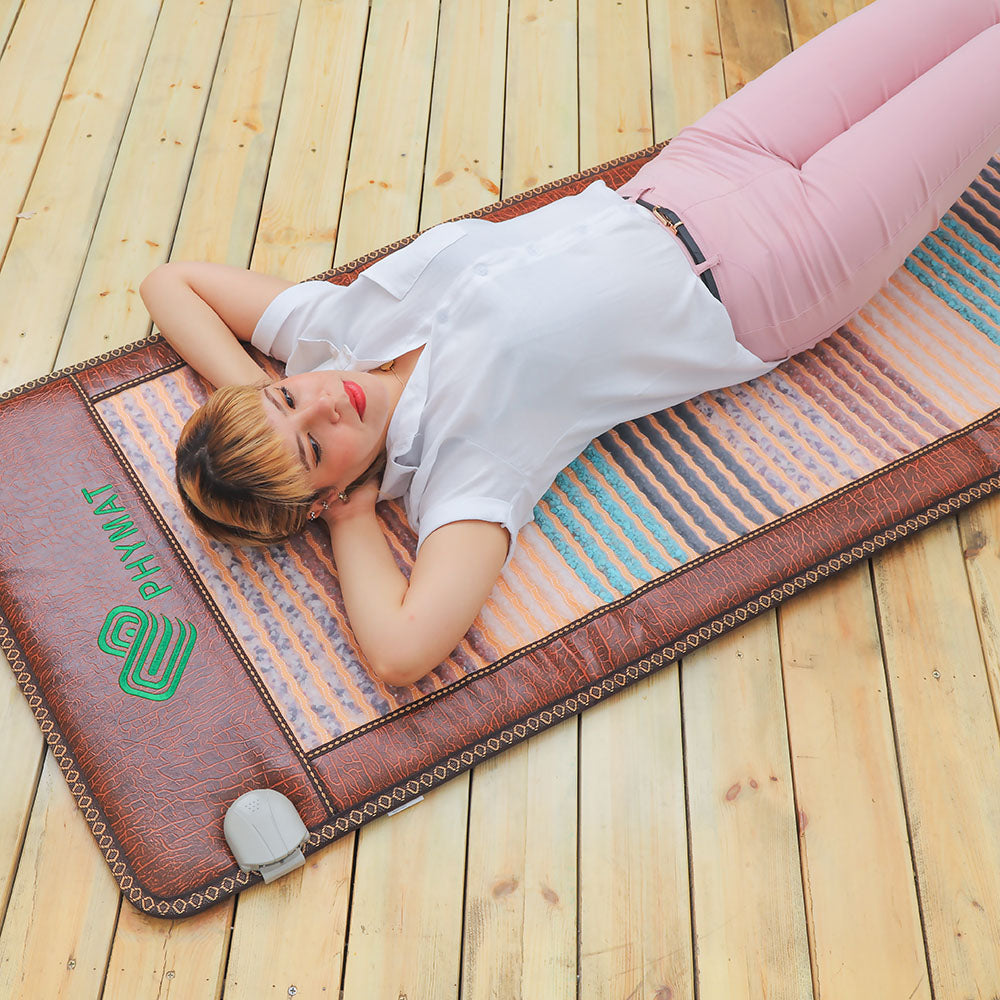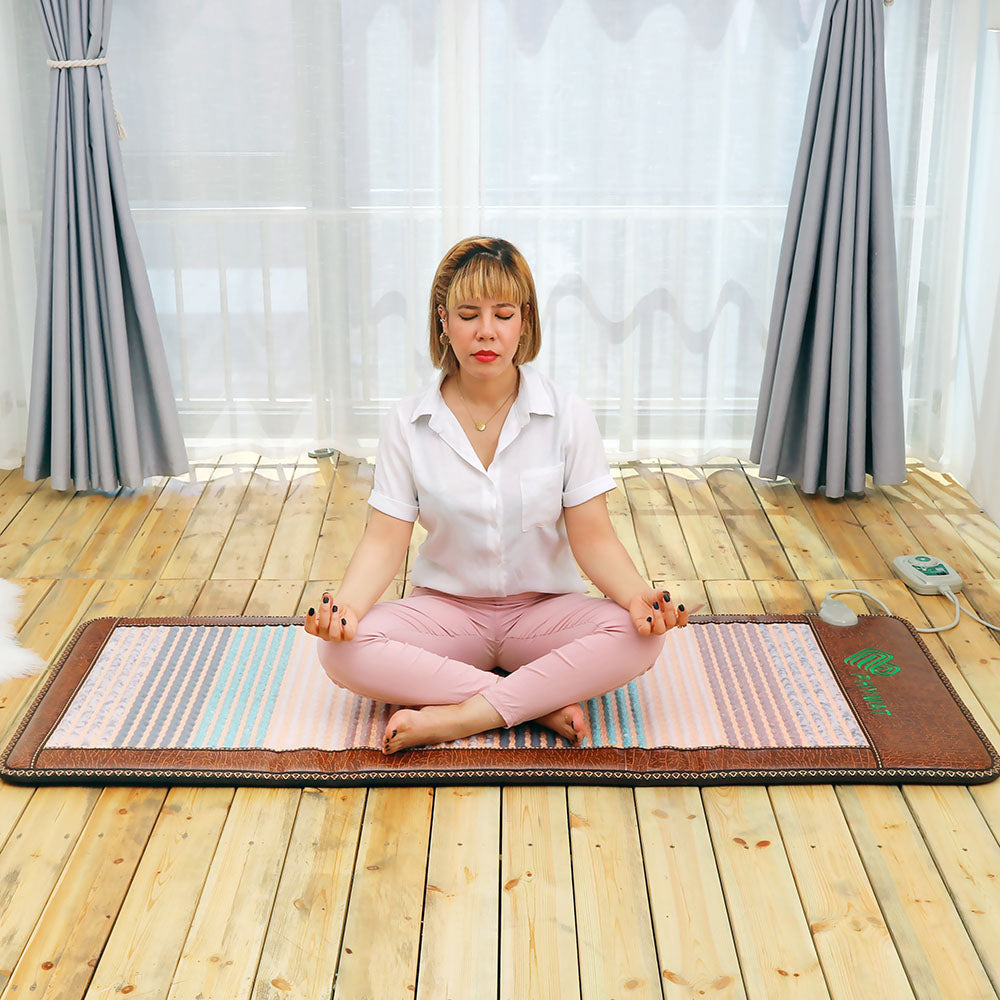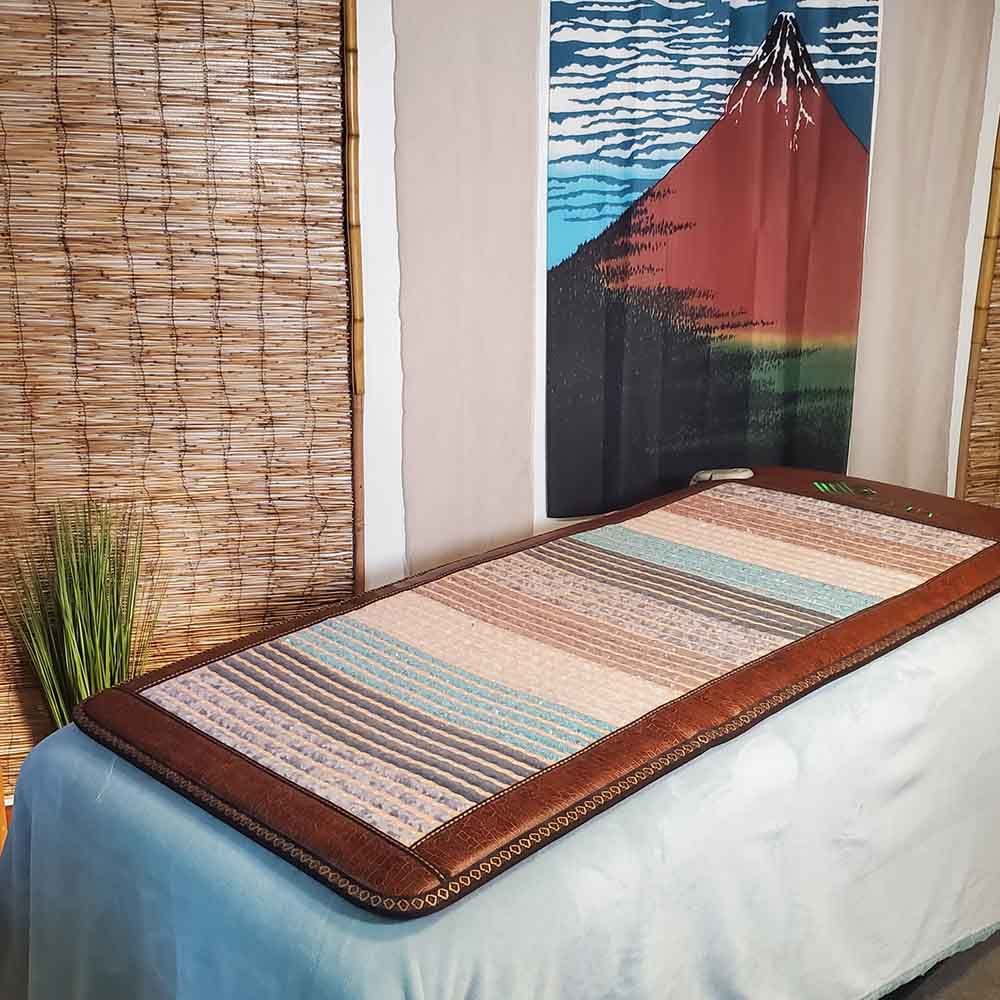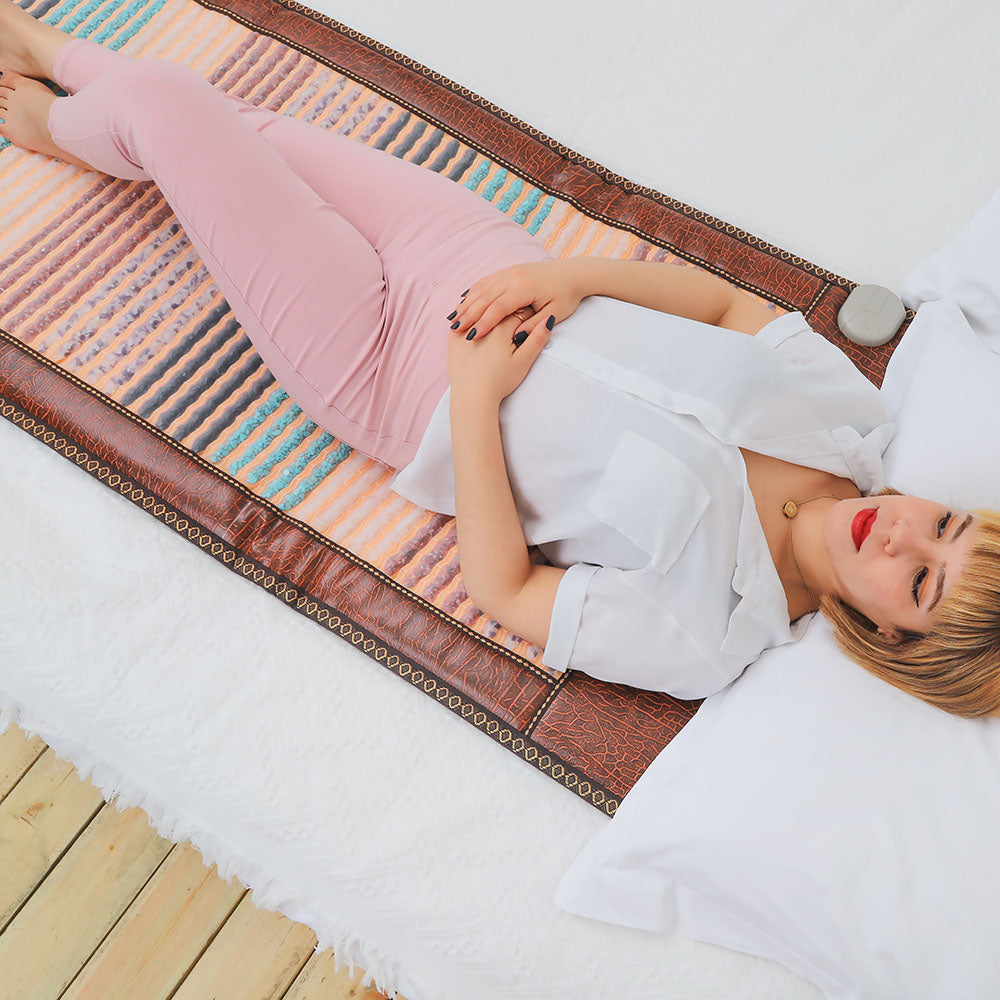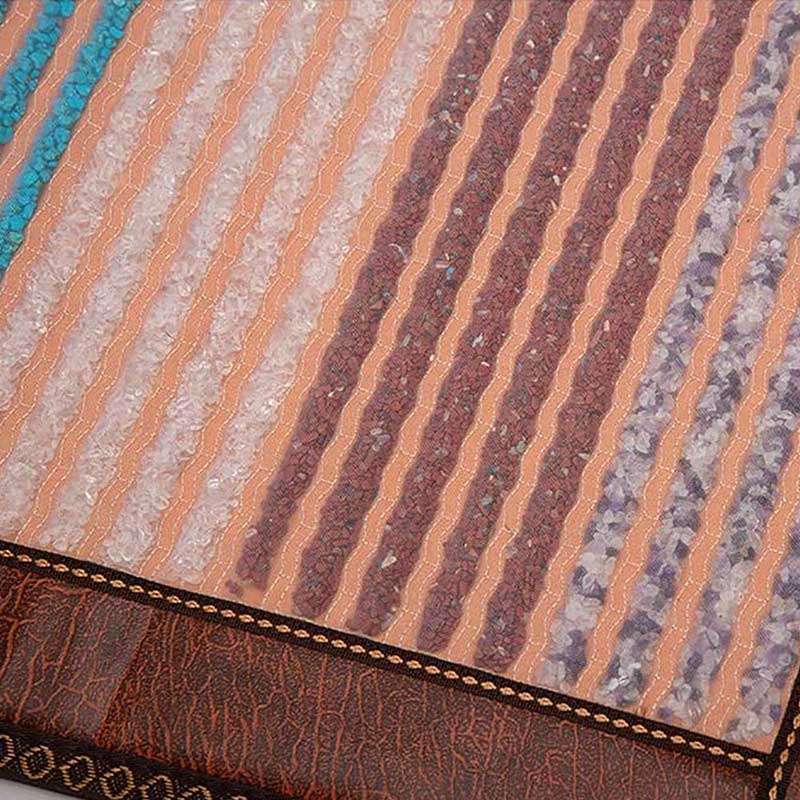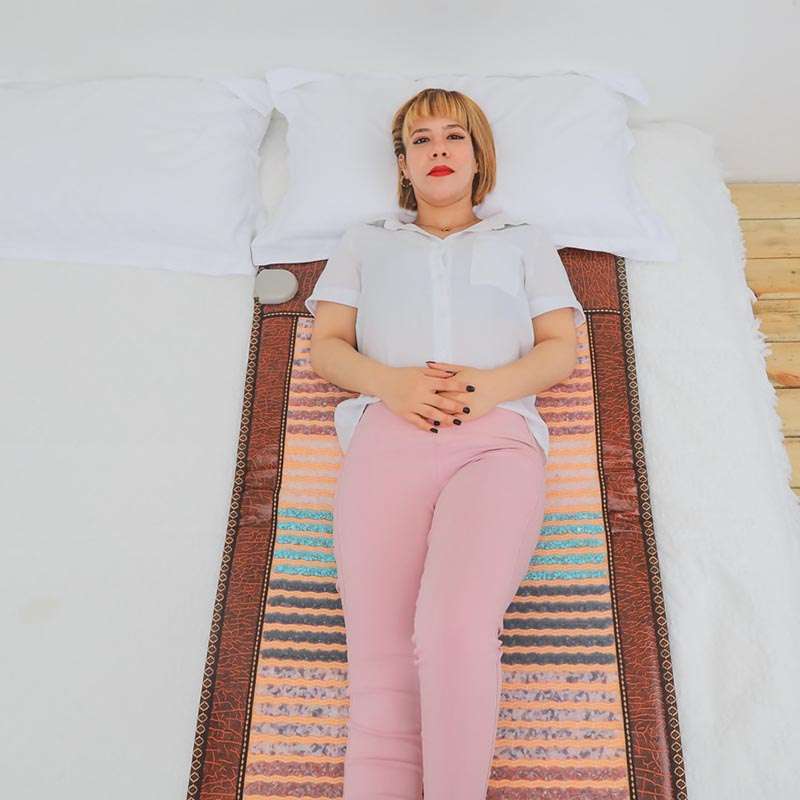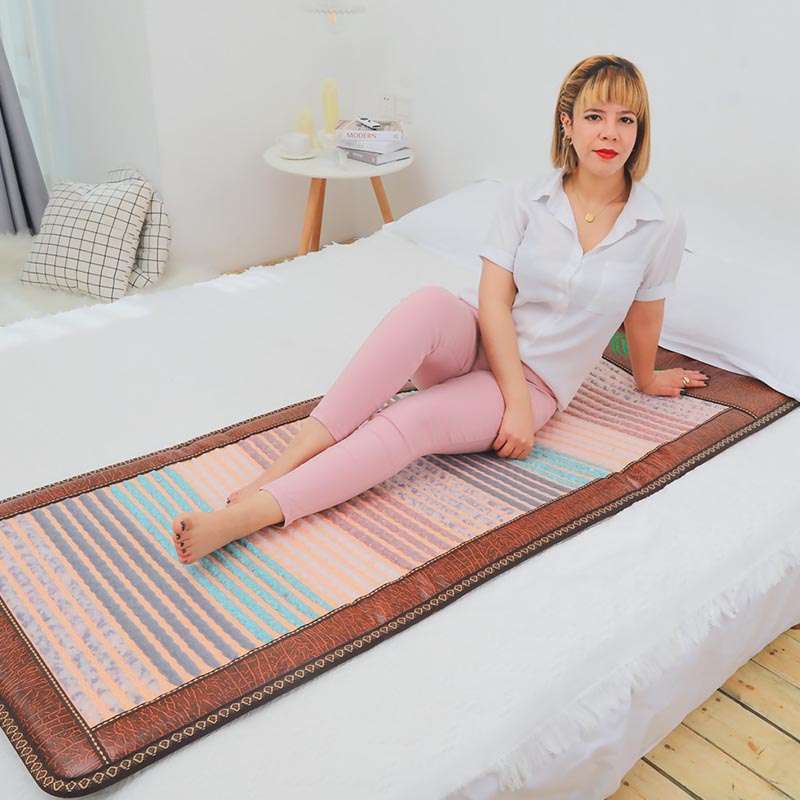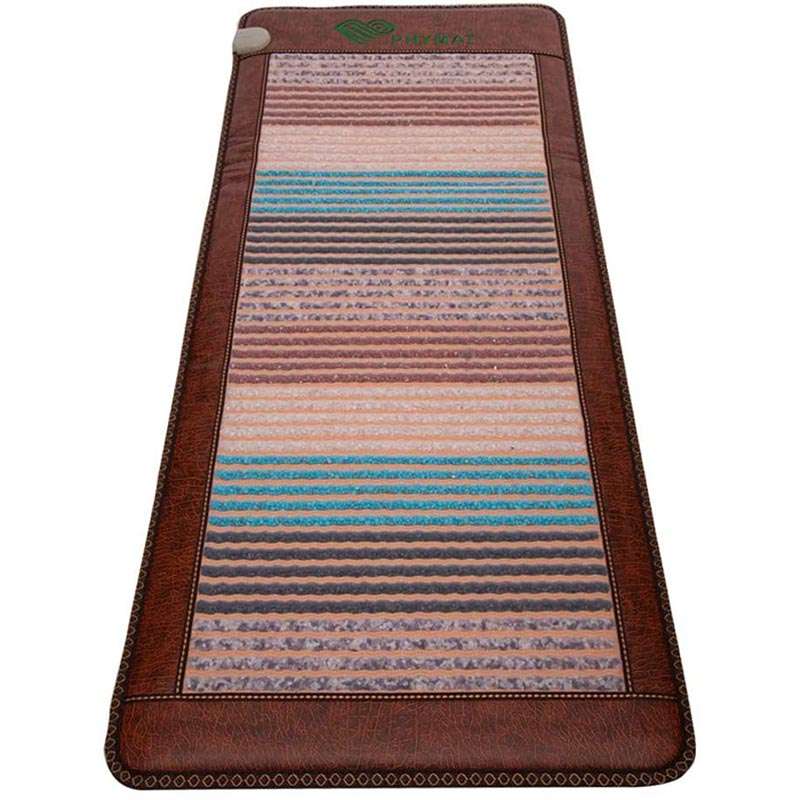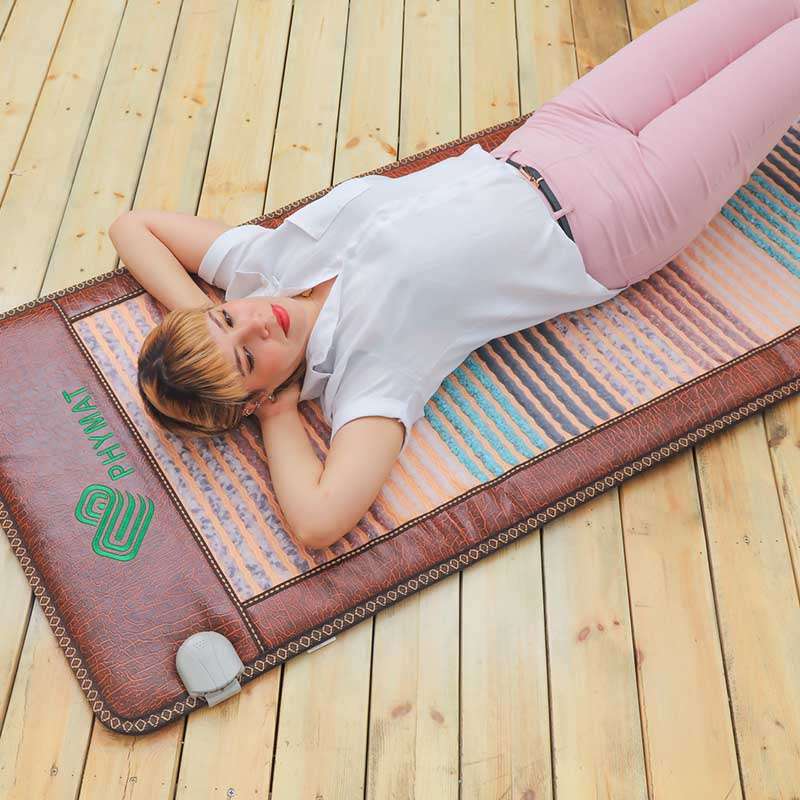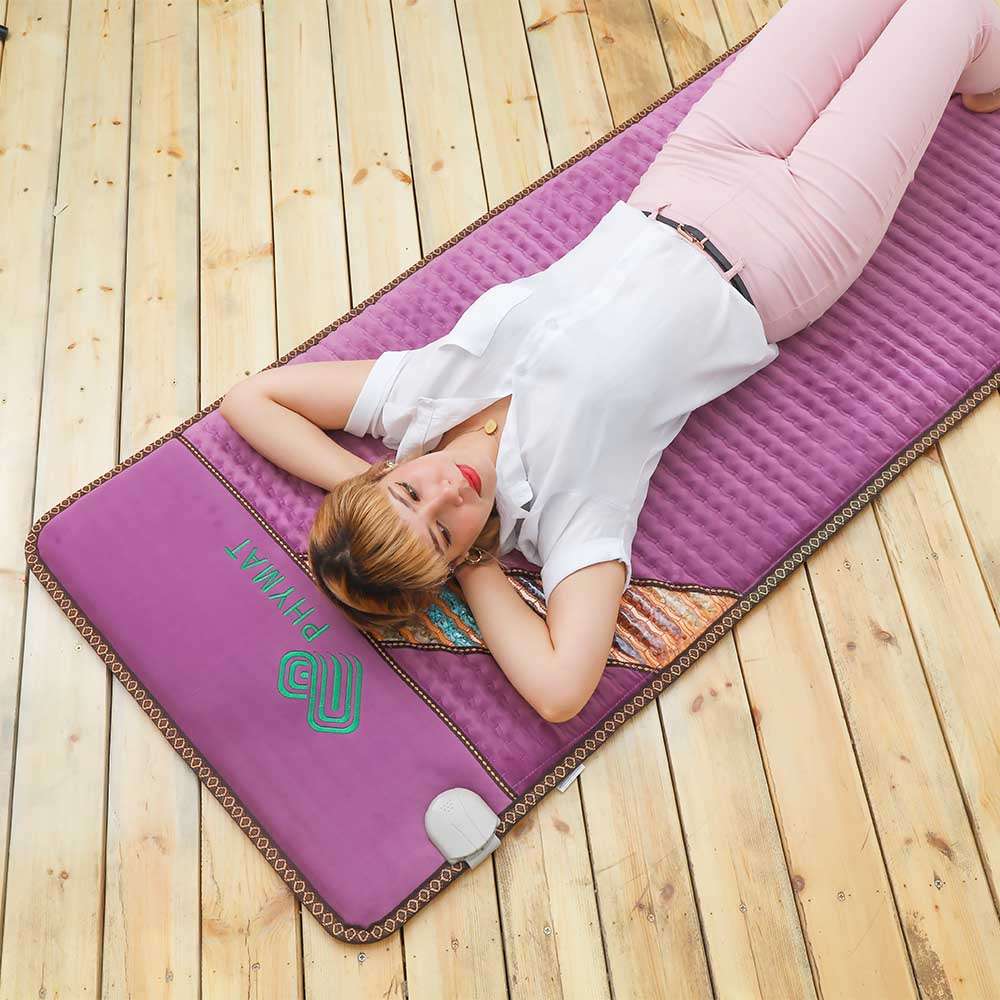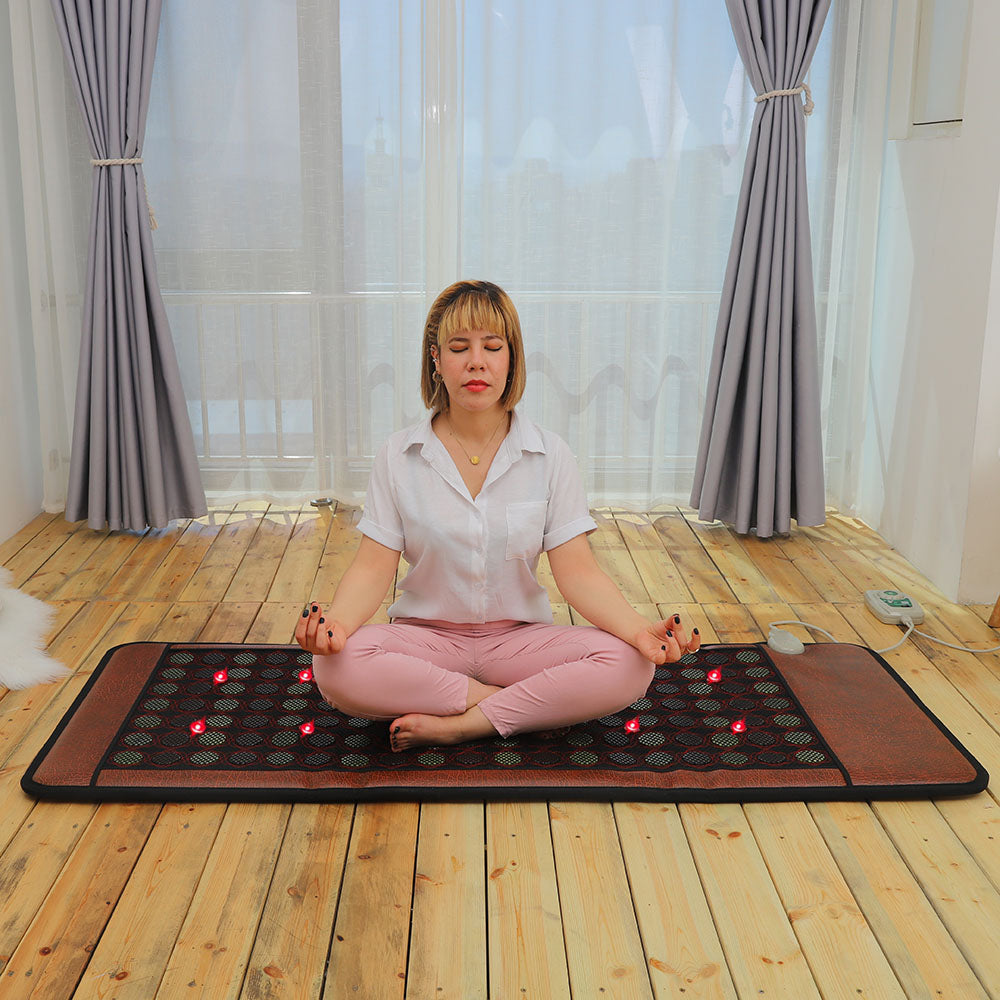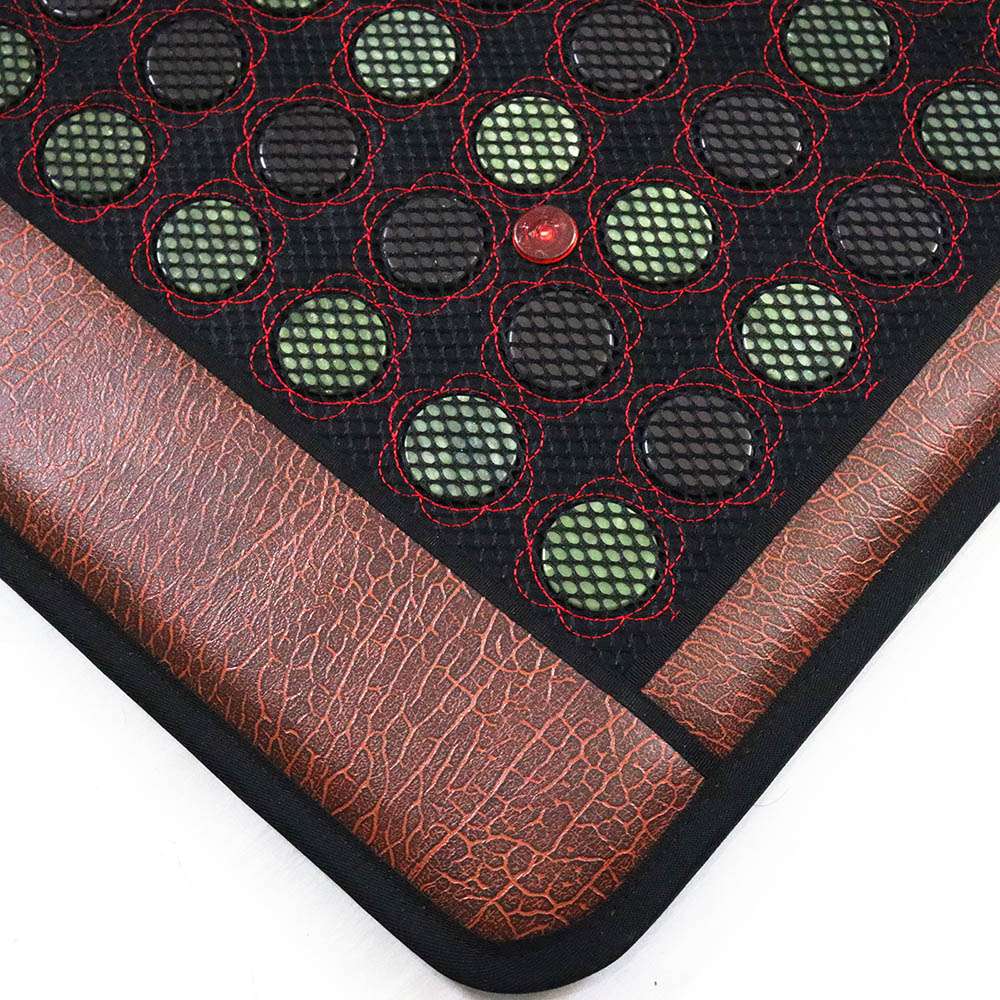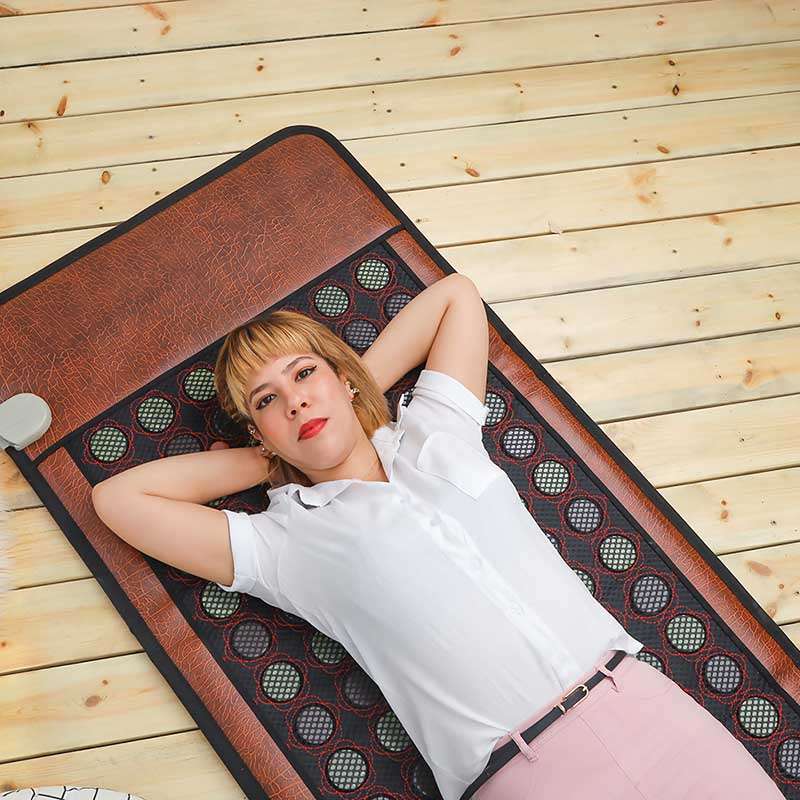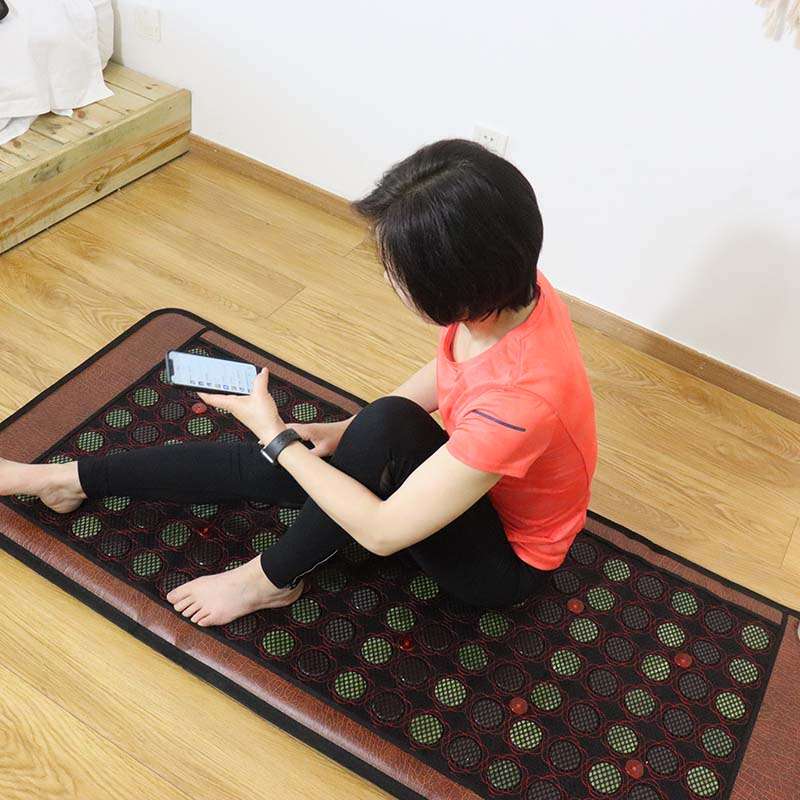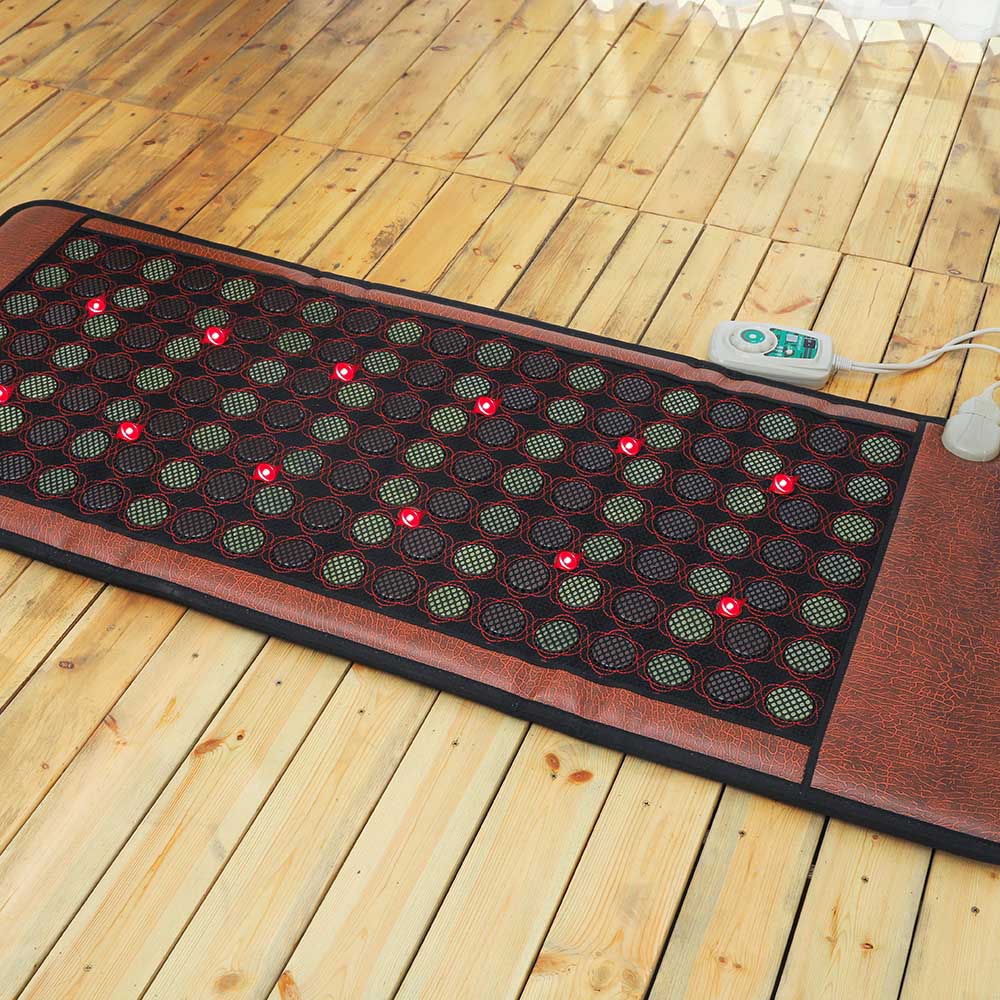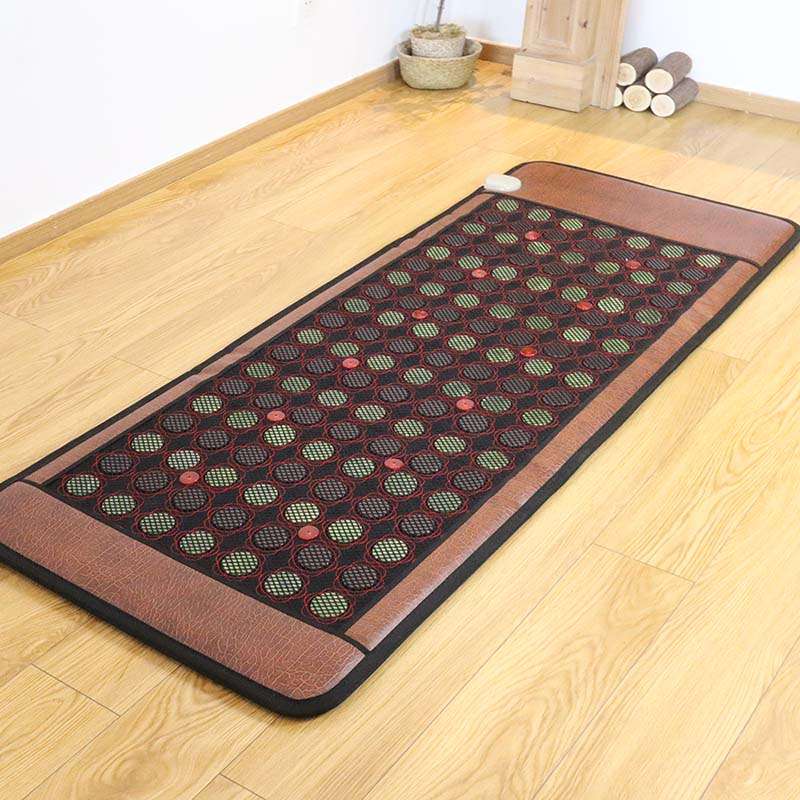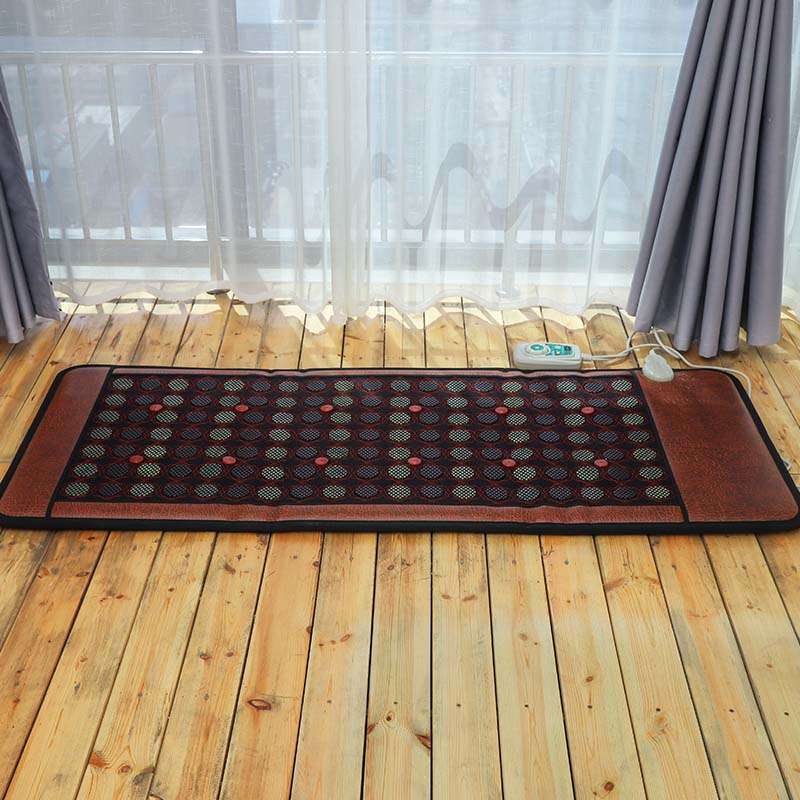Frequently having trouble sleeping can be a frustrating and debilitating experience. If you have difficulty falling asleep or waking up several times throughout the night, you feel tired during the day and can not focus on tasks or remembering. Sleep difficulty may affect your physical and mental health. Lack of sleep may also cause you to have frequent headaches or trouble concentrating.
But you don’t have to live with a sleeping problem. There are many things you can do to identify the underlying causes of your sleep disorder and improve your sleep, health, and quality of life.

Lack of sleep cause harmful health effects
Remedies to sleep well at night
A number of at-home and professional treatment options are available for chronic insomnia. You can take charge of your sleeping patterns through meditation, exercise, and other home remedies.
Remedy 1: Practice yoga, meditation, and mindfulness
Life stressors including your job, relationships, and financial difficulties can lead to poor nighttime sleep quality.

Women doing yoga outdoors at sunrise. Morning meditation.
Yoga, meditation, and mindfulness are tools to calm the mind and relax the body. Moreover, they’ve all been shown to improve chronic sleep disorders, such as insomnia.
In fact, according to a recent national survey from the NCCIH, over 55% of people who did yoga found that it helped them get better sleep, and more than 85% said yoga helped reduce stress. Marlynn Wei, M.D., a psychiatrist in New York City, said that a lot of the credit (again) goes to the breathing practices in yoga, which can help you relax and relieve tension after a crazy stressful day.
Remedy 2: Be smart about napping
Due to poor sleep at night, people with insomnia tend to be sleepy during the day, which often leads to daytime napping.
While napping is a good way to make up for lost sleep, if you have trouble falling asleep or staying asleep at night, napping can make things worse. Limit naps to 15 to 20 minutes in the early afternoon.
Remedy 3: Watch what and when you eat
Among lots of other health benefits, eating a balanced breakfast can help sync up your biological clock by letting your body know that it’s time to wake up and get going. Skipping breakfast on the other hand, can delay your blood sugar rhythms, lower your energy, and increase your stress, factors that may disrupt sleep.
A review of studies concluded that a high-carb diet can significantly decrease the quality of sleep compared to a low-carb/high-fat diet. If you still want to eat a high-carb meal for dinner, you should eat it at least 4 hours before bed so you have enough time to digest it.
Remedy 4: Physical exercise regularly during the day
People who exercise regularly sleep better at night and feel less sleepy during the day. Regular exercise also improves the symptoms of insomnia and sleep quality and increases the amount of time you spend in the deep, restorative stages of sleep.
However, it’s important to maintain a moderate-intensity exercise routine and not overdo it. Excessive training has been linked to poor sleep.
Exercise speeds up your metabolism, elevates body temperature, and stimulates hormones such as cortisol. This isn’t a problem if you’re exercising in the morning or afternoon, but too close to bed and it can interfere with sleep. Try to finish exercising at least three hours before you plan to retire for the night.
It can take several months of regular activity before you experience the full sleep-promoting effects. So be patient and focus on building an exercise habit that sticks.
Get moving with activities like:
- running
- hiking
- cycling
- tennis
Remedy 5. Consider Using a Heat Therapy Mat
Physical pain or discomfort from muscle, joint, or nerve disorders like arthritis may also lead to difficulty sleeping.
Infrared therapy is being studied for use to treat acute or chronic pain. It is offered as an alternative treatment for various health conditions like muscle pain, joint stiffness, and arthritis, and so on.
Infrared therapy has many roles in the human body. These include detoxification, pain relief, reduction of muscle tension, relaxation, improved circulation, weight loss, skin purification, lowered side effects of diabetes, boosting of the immune system and lowering of blood pressure.
3 natural therapies together into a single mat
Infrared Heating Pad combines several therapies into a single mat, which is a consolidation of far infrared rays, negative ions and the healing power of natural gemstones & crystals. The mat is ideal for using on bed, message table, or floor. You can simply lying on the mat to reduce stress and fatigue by by relaxing your muscles and enjoying smooth Far Infrared Ray heat.
Unlike the standard heating pad, PHYMAT® Infrared Heating Mat emits and concentrate Infrared Rays by heated Amethyst, Tourmaline, and Obsidian. When heated, these gemstones & crystals release far infrared rays, and negative ions that penetrate deep into your body’s tissue.
Many patients and health center providers use Infrared Heating Mat as remedy for insomnia and better sleep. They found relaxation pain and stiffness of muscles & joint also helps relaxing body and mind. The sleeping problem associated with pain relief can be effectively improved and you can sleep better. Customer MHink reviewed after using PHYMAT Infrared Heating Pad from Amazon.
I struggle with hip and lower back pain and I have noticed relief from using the mat. I also have issues falling asleep at night. I spend 0.5 to 1 hour reading on it before going to bed. I can’t believe the sleep I have been getting! Not only do I fall asleep faster but I’m not waking up several times a night and I feel calm and relaxed when I wake up in the morning. I bought one as a gift for my mom and she loves hers just as much as I love mine.
I struggle with hip and lower back pain and I have noticed relief from using the mat. I also have issues falling asleep at night. I spend .5 to 1 hour reading on it before going to bed. I can’t believe the sleep I have been getting! Not only do I fall asleep faster but I’m not waking up several times a night and I feel calm and relaxed when I wake up in the morning. I bought one as a gift for my mom and she loves hers just as much as I love mine.
PHYMAT Review from customer MHink

Violet Amethyst Infrared Heating Pad
What she bought is the Violet Amethyst Infrared Heating Pad with 67×27 Inch size , The majority of this heating pad is filled with amethyst, which is best for its relaxing qualities. The upper 10% has 5 other types of gemstones that help relieve stress and make the mat look beautiful:
- Amethyst
- Yellow agate
- Turquoise
- Obsidian
- Red agate
Another customer of PHYMAT, Nicole Lowe reviewed said that her 12 pain level of chronic knee pain is now almost non existent, and the things she has noticed that the mat helped includes:
Sleeping more sound and deeper sleep
Knee pain is almost non existent
Back pain and shoulder pain are gone
Stress level is gone
Stay asleep longer not awake every 2 hours
Not as many hot flashes during the night"

Relaxing and Sleeping on PHYMAT Heating Pad
The Infrared Mat she bought and commented is a Infrared Gemstone Heating Pad with 5 kind of natural gemstones and crystals including Amethyst, Clear Crystal, Turquoise, Obsidian, and Orange Jade.
By providing smooths and relaxes, Infrared Mat can help you sleep better if you have experienced occasional difficulty sleeping.
Remedy 6. Make your sleeping environment comfortable
A peaceful bedtime routine sends a powerful signal to your brain that it’s time to wind down and let go of the day’s stresses. Sometimes even small changes to your environment can make a big difference to your quality of sleep.
Keep your room dark, cool, and quiet- Keep noise down. If you have a pet that sleeps in the room with you, consider having the pet sleep somewhere else if it tends to make noise in the night.
- Light your bedroom for quality sleep. Lighting plays a crucial role in how our bodies and minds function. Our bodies need darkness at night and brightness in morning. Blackout blinds, or shades, can block out unwanted streetlights at night to make falling asleep easier. Stay away from bright, harsh light in your eyes before sleeping.
- Keep your room cool. Most people sleep best in a slightly cool room (around 65° F or 18° C) with adequate ventilation. A bedroom that is too hot or too cold can interfere with quality sleep.
- Make sure your bed is comfortable. Your bed covers should leave you enough room to stretch and turn comfortably without becoming tangled. If you often wake up with a sore back or an aching neck, you may need to experiment with different levels of mattress firmness, foam toppers, and pillows that provide more or less support.
- Keep your bedroom relaxing environment. Avoid working, watching TV, or using your phone, tablet, or computer in bed, your brain will associate the bedroom with just sleep, which makes it easier to wind down at night.
Remedy 7 . Listen to relaxing music
Music can aid sleep by helping you feel relaxed and at ease. Playing music before bed can improve sleep efficiency, which equals more consistant rest and less walking up during the night.

Deeply relaxing music to help you sleep better
Listening to science-backed sleepy songs can reduce your heart rate, blood pressure, and cortisol levels. In fact, music has been scientifically shown time and time again to calm the autonomic nervous system, the endocrine, and psychological stress response. Classical music and sounds of nature seem to be particularly effective.
Remedy 8. Focus on trying to stay awake
It’s believed that if you go to bed and try to force yourself to fall asleep, your chances of succeeding drop dramatically.
Instead, you can try paradoxical intention. This technique involves trying to stay awake instead of forcing yourself to sleep.
It’s based on the idea that the stress and anxiety produced by forcing yourself to fall asleep can prevent you from relaxing and snoozing.
Research is ultimately mixed, but some studies have showed that people who adopt this technique tend to fall asleep faster (72Trusted Source).

